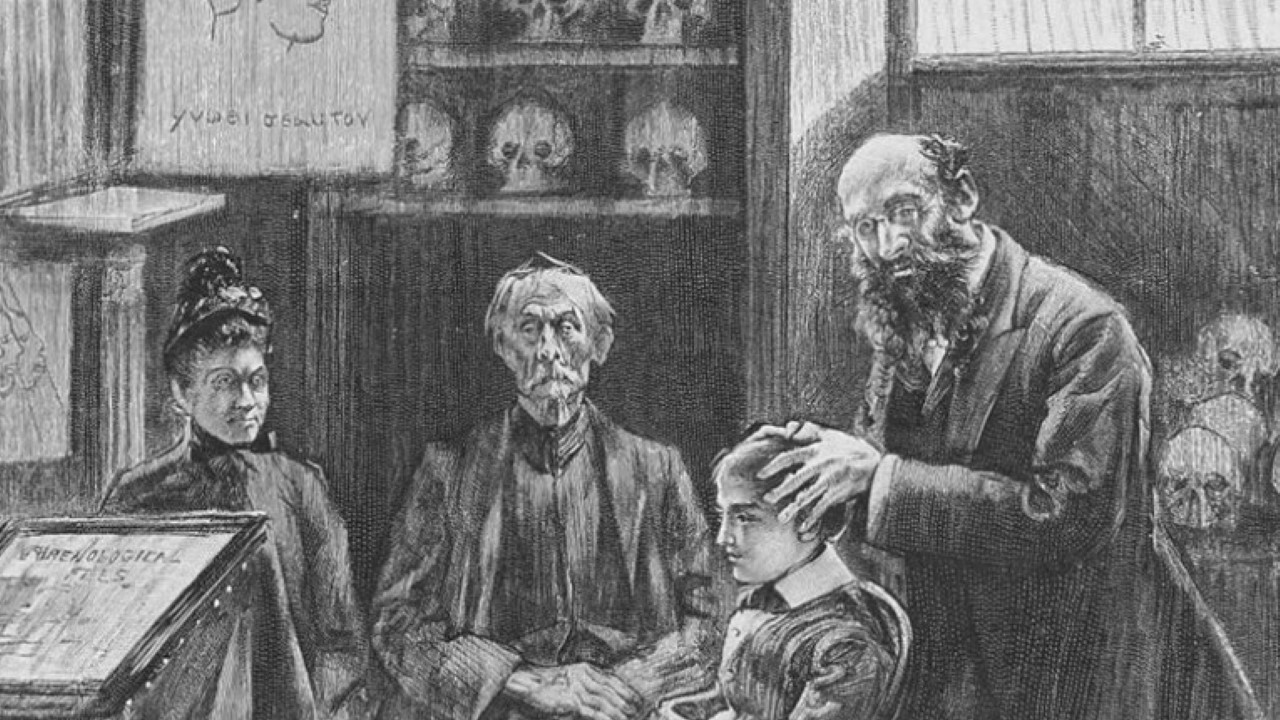Science relies on evidence; the stronger the evidence, the more likely the theory is to be true. Surprisingly, the strongest theories don’t always equate to facts.
As the world continues to advance, scientific theories and technological enigmas continue to leave us stunned. Our understanding of the world around us changes and molds with every new research that comes to light. The entire field is constantly changing.
While we rely on scientists to guide us, they have often been wrong. Theories are often widely believed until they are proved otherwise.
1. Humoral Theory

According to Harvard University, the Humoral theory was heavily influenced by Western medicine through the 19th century. It was believed that humans had four fluids: black bile, yellow or red bile, blood, and phlegm. A balance of all these was considered to be good health. Every temperament highlighted personality traits like black bile people or melancholics were supposed to represent dark and sad.
2. Eugenics

For the longest time, people believed in the racist theory of eugenics that talked about racial improvement. According to NHGRI, eugenics spoke about the perfect human being and how science could help eliminate everyone that didn’t belong to the ideal race. It essentially argued for the superiority of white people and has obviously since been disproven.
3. The Age of the Earth

According to the American Museum of Natural History, in the 19th century, people believed the earth only to be 6,000 years old. Most people in England relied on religious scriptures and used the Bible and science together. After this period of time, scientists began to find alternatives, and we now know the earth is 4.54 billion years old.
4. Phlogiston Theory

Before discovering how rusting and burning occur, scientists believed flammable substances had a substance called the Phlogiston that caused them to burn. According to Oxford, this was proposed by Johann Becher in 1669 and demolished by Antoine Lavoisier, who proceeded to conduct experiments to test the hypothesis.
5. Recapitulation Theory

Before Charles Darwin presented his evolution theory, other hypotheses were believed to be accurate. According to Arizona State University, Johann Friedrich Meckel concluded that human embryos had gill slits.
He made this the basis of his theory that humans undergo various stages of development, and each of these stages corresponds to a ‘less perfect’ species, such as fish. Later, the first half of it was proven true; however, the latter was scratched as we just shared some DNA with fish instead of being one in the womb at one point in time.
6. Earth Designed for Humans

According to a journal article published in Science Direct, James Hutton, an 18th-century geologist, stated that the earth was made to provide a habitable world. Using this as a basis, he proposed the granite veins theory and rock unconformities, which were proven wrong by other scientists. Despite the theoretical oversight, his theory was replaced pretty recently.
7. Dalton’s Atomic Theory

With the evolution of science, many proposed different theories of the atom; however, Dalton’s theory was widely believed. According to Khan Academy, Dalton based his theory on the law of conservation of mass and the law of constant composition, in which he said that all matter is made up of indivisible atoms.
He also stated that all atoms of a given element are identical in mass and properties. While his theories were disproven, they became the basis for further research in the field.
8. Piltdown Chicken

Experts at Hoaxes talk about how a strange fossil was found in China in 1999, which became the basis of the Piltdown Chicken theory. The fossil showed a dinosaur with birdlike plumage, further published in National Geographic as evidence that dinosaurs evolved from birds. However, it was later found to be a hoax as a farmer manipulated the fossil.
9. Ptolemaic System

According to Britannica, mathematician Ptolemy stated that the stationery Earth was at the center of the universe, and the moon, sun, and other planets were moving in circles around us. At the same time, it seemed different from the surface of the Earth. It wasn’t until the 16th and 17th centuries that the Copernican system and Kepler’s laws proved that the Earth was not the center.
10. The Tongue Map

The tongue map is a theory that states that your tongue has different areas with different taste buds to sense the flavor of different things like bitterness, sweetness, saltiness, etc. According to Smithson Magazine, this isn’t true and was disproven quite a while ago. The receptors that pick up taste are scattered across the tongue, so there is no mapping of tastes.
11. Cold Fusion

According to UC Berkley, in 1989, Stanley Pons and Martin Fleischmann announced that they had achieved cold fusion at room temperature. They claimed to have done this by electrolyzing deuterium oxide, which produced a massive wave of energy. However, no other scientist has been able to reproduce this on their own, which disproved the theory.
12. Life on Mars

Experts at the American Museum of Natural History discuss that in 1996, David McKay and other scientists from NASA discovered evidence of life on Mars through a meteor from the planet. The rock appeared to have chemical compounds that showcased bacteria’s existence 3.6 billion years ago. However, this was later rejected because similar chemical compounds were present on clearly inhabitable planets like the Moon.
13. Phrenology

According to Very Well Mind, Phrenology is now considered a pseudoscience. It was the study of the human skull and how different portions of the skull were attributed to different personality traits. The basis for this was that there are specific brain areas for specific functions. Scientists believed that since the brain was a muscle, it would grow differently for everyone, resulting in different bumps that could highlight one’s personality.
14. The Blank Slate

There have been several theories on human behavior and psychology, one of which is the blank slate theory. According to Psychological Science, tabula rasa, or the blank slate, was proposed by John Locke in 1689, which stated that individuals were influenced only by their environment and perception. This was ultimately proven wrong since genetics and familial traits play an imperative role in a child’s life.
15. Luminiferous Ether

Britannica discusses the theory of Ether proposed in the 19th century, stating that electromagnetic waves passed through space via this mysterious substance, much like how sound is transmitted through air. Ether was thought to be weightless, transparent, frictionless and would cover all things in space. However, this was rejected when the advancement in the structure of matter and how light works began to surface.
Read More From Us – 17 Movies With Zero Expectations That Blew Us Away

Never judge a book by its cover. You can say the same about movies.
Some of our favorite films are the ones we went into with no expectations. Despite this, they blew us away from start to finish.
17 Movies With Zero Expectations That Blew Us Away
Read More From Us – Classic 80s Movies Better Than Anything Released Today

The 80s was an incredible time for film. From award-winning cinema to hilarious comedies and everything in between, there was something for everyone to enjoy.
Thankfully, many of these 80s movies still hold up today. I regularly find myself watching these beloved 80s movies more often than modern cinema.
